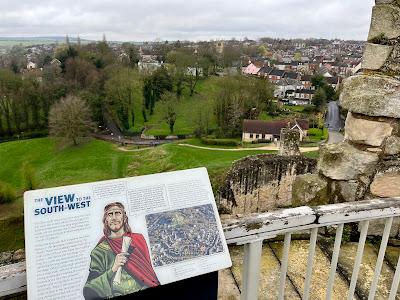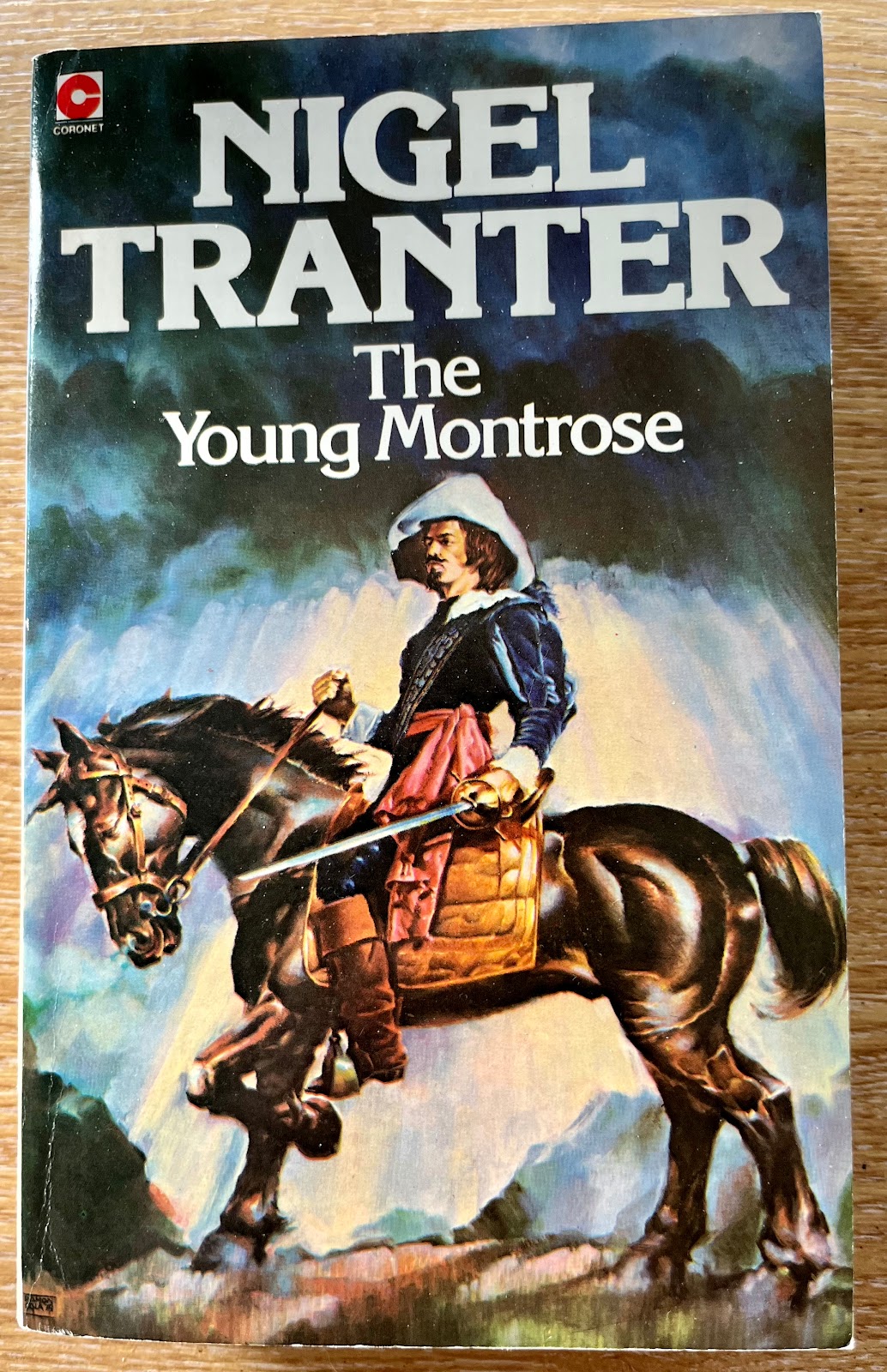I have reached the last stage of my research into HMS Ambuscade for the book that should be out this summer. My summary of the ships is on the Clyde Naval Heritage website, which plans to bring the Type 21 frigate back to the Clyde. The book's final section covers the period when Ambuscade was sold to Pakistan in 1993 and renamed PNS Tariq. This name comes from Tariq bin Ziyad, the commander who led the Umayyad conquest of Visigothic Spain in 711–718 A.D.
I have read and reviewed several books on the Indo-Pakistan conflicts, but these include very little about the Pakistan Navy. There were very few naval operations in the 1965 war, more in 1971. Files in the National Archives gave me the sale details and a few journal articles helped. Commodore Ranjit Rai's book Warring Navies: India and Pakistan is pretty good on naval operations, although the focus is on the Indian Navy and lacks complete objectivity.
There is a very entertaining book of Pakistan Navy naval anecdotes written by Rear Admiral Mian Zahir Shah, Bubbles of Water. I was greatly helped because the first commander of PNS Tariq, Captain Muhammad Anwar, wrote his memoirs. He is also a Trustee of Clyde Naval Heritage and generously gave me some of his time. I usually write about long-dead people, so interviewing a veteran was an honour and a new experience. The book is an excellent read, covering his extensive naval service and also, sadly, how he became the victim of internal navy politics.
The Pakistan Navy inherited a small number of ships at Partition, supplemented in the early years by former Royal Navy warships. As Britain withdrew from the East, the USA became the primary provider of vessels. The French supplied four Daphne-class submarines, later augmented by two Agosta-class submarines. They also provided the Dassault Mirage 5 and the maritime variant of the Exocet missile.
In 1986, the Pakistan Navy expressed an interest in buying new Type 21 frigates from Britain. This came to nothing, but the discussions were reopened in 1992 when the Pakistan Navy sought replacements for their eight leased US frigates. The US refused to extend the lease because the Pakistani government was unwilling to sign up to the Nuclear Non-Proliferation Treaty. They went on to buy all six remaining Type 21 frigates, including HMS Ambuscade, which were scheduled for decommissioning by the Royal Navy.
The naval base in Karachi refitted the ships, and PNS Tariq became the squadron's flagship. She served in the Gulf and the Mediterranean and was deployed on a search-and-rescue mission to the Maldives, where she rescued 377 tourists. PNS Tariq was decommissioned on 5 August 2023 after 30 years of service.
For wargaming purposes, I have plans to expand my land forces to the sea and land battles of the Indo-Pakistan wars. Just too many projects and not enough time at present.
Clyde Naval Heritage has launched its fundraising campaign to bring PNS Tariq back to the Clyde. You can support the project in various ways. Details are on this webpage.










































